

Engage prospects with a scan and streamline customer engagement with FREE QR code marketing tools by Sona – no strings attached!
Create a Free QR CodeFree consultation

No commitment

Engage prospects with a scan and streamline customer engagement with FREE QR code marketing tools by Sona – no strings attached!
Create a Free QR CodeFree consultation

No commitment
In today’s digitally driven world, QR codes have evolved from novelty to necessity, serving as a bridge between in-store experiences and online actions. For school supply stores, they offer a fun, fast, and highly effective way to gather feedback at the exact moment customers are forming opinions: while browsing aisles, comparing brands, or completing a purchase. With no app to download and no complicated form to find, participation rates increase and more useful data flows back to your team.
Back-to-school marketing windows are short and intense; families now expect convenience, personalization, and clear value at every touchpoint. QR codes help stores collect feedback in real time, identify trends across locations, and quickly adjust displays, assortments, and staffing. Whether you serve teachers, parents, or students, QR-enabled feedback programs keep you informed and responsive.
Used strategically, QR codes turn every shelf talker, receipt, flyer, and package insert into a feedback channel that feeds your CRM and analytics. The result is a connected loop from scan to insight to action that boosts loyalty, elevates service quality, and improves marketing ROI throughout the season and beyond.
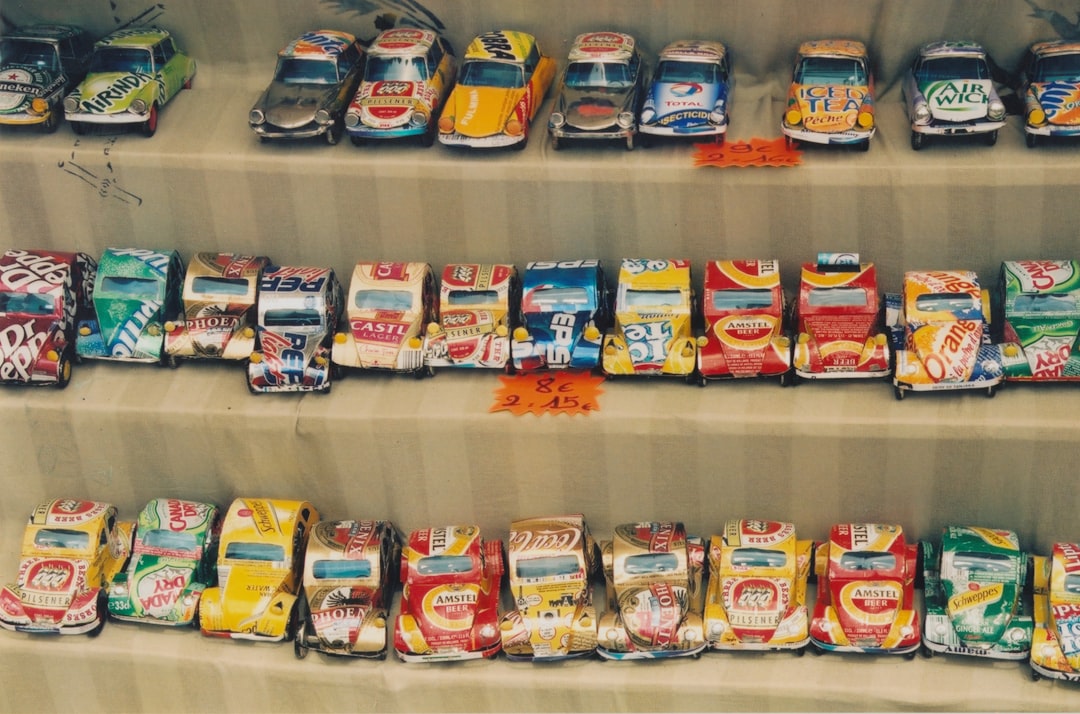
School supply store owners have long struggled to capture high-value feedback because traditional surveys or comment cards often go unnoticed, leaving valuable insights uncollected. QR codes bridge the gap between physical touchpoints and digital outcomes, making it simple to capture real customer feedback at key moments, even from visitors who might remain anonymous. Instead of waiting days or weeks to process paper forms, your team can capture scan data instantly and route it to dashboards, email alerts, or automation workflows. For offline-to-online measurement, see Sona offline attribution.
Start by replacing outdated analog processes that slow down feedback. Paper forms, generic web URLs printed in tiny type, and manual sign-up sheets all suppress participation and introduce data errors. QR codes placed on receipts, shelf tags, and bag stuffers open a fast path to tailored surveys that work on any device and are easy for time-pressed families to complete. The faster the route to feedback, the higher the volume and the better the quality. For quick setup, use a Google Forms QR.
By automating data collection through QR codes, stores can quickly adapt assortments, respond to concerns, and optimize back-to-school campaigns, minimizing operational lag. Modern platforms such as Sona QR allow easy code creation, multi-location management, CRM integration, and quick feedback form updates, eliminating manual workflow barriers and creating a direct line from insight to action.
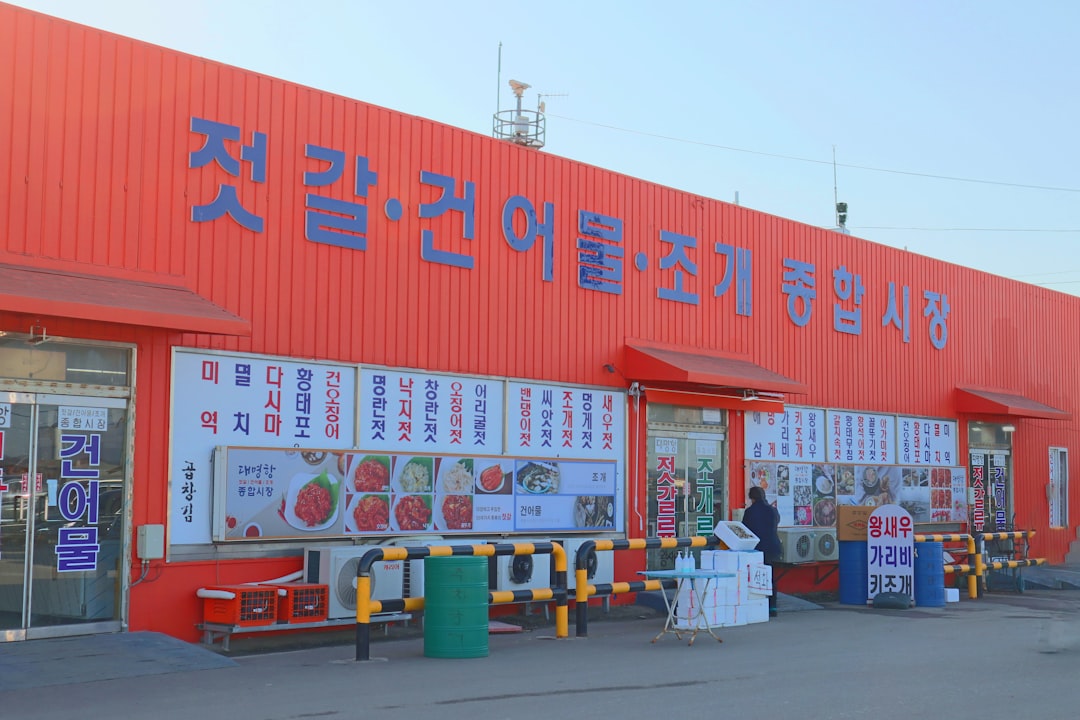
Without proper shopper engagement and feedback, especially from customers who leave without buying, valuable retention and personalization opportunities are missed. QR codes meet families and educators where they are: in the aisle or just outside your storefront. They reduce friction, increase participation, and turn quiet moments into measurable signals that your team can act on almost immediately. This is especially important in peak seasons when shoppers are making fast choices about core items like binders, calculators, and backpacks.
School supply retail is a category where assortments shift based on district lists, teacher requests, and trend-driven accessories. QR codes let you capture the voice of the customer and identify shifts mid-season. Used well, they move your store from guesswork to evidence-driven decisions around inventory, staffing, and promotions.
Ultimately, QR solutions let stores capture actionable intelligence from previously unseen or anonymous shoppers, strengthening ROI and customer relationships. The more accurately you connect in-store touchpoints to online data, the faster you can refine inventory and create promotions that resonate with your core audience.
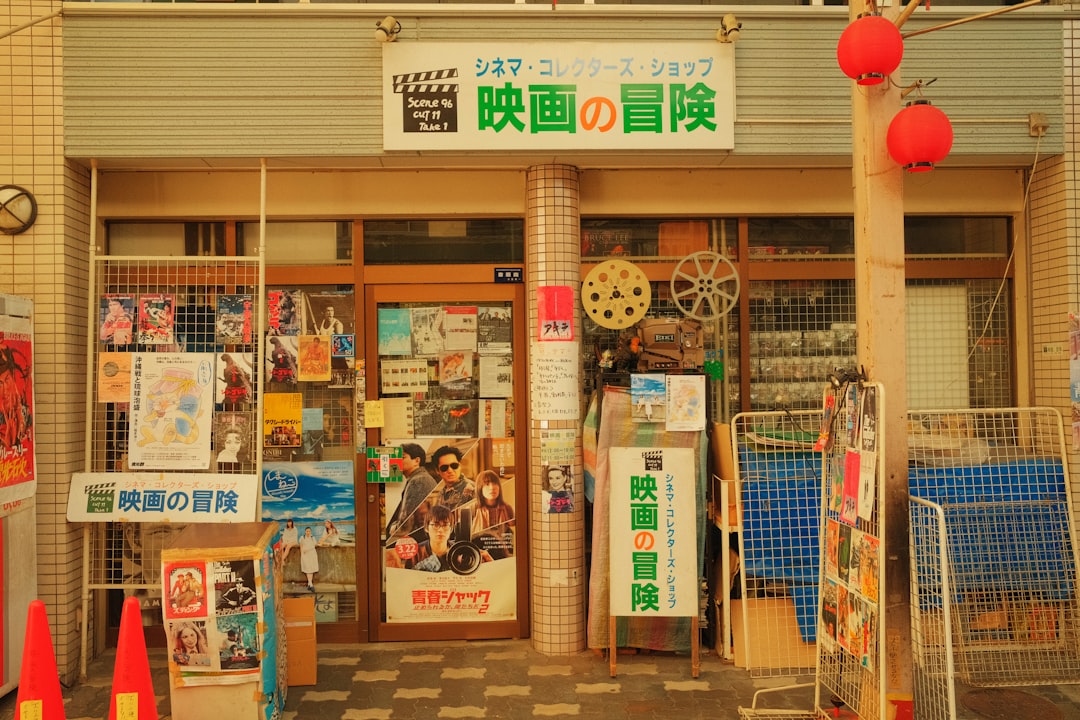
Old formats like tiny-printed URLs or generic forms often fail to engage customers. The right QR code formats help stores reach more shoppers and gather better feedback across contexts like checkout, shelf browsing, and at-home review of supply lists. Consider when the scan will happen, what action you want, and which device experience converts best.
Choose formats based on the specific job to be done. A feedback form after checkout benefits from a simple web link; loyalty sign-up might route to a pre-filled SMS; a teacher discount program could use an email pre-draft that makes enrollment one tap away. Dynamic codes add the flexibility to change destinations without reprinting materials, which is invaluable during the back-to-school rush.
Modern QR tools make it simple to tailor and track each code format for different use cases, reducing data fragmentation and increasing engagement. With Sona QR, you can manage these formats in one dashboard and update destinations on the fly as campaigns evolve.
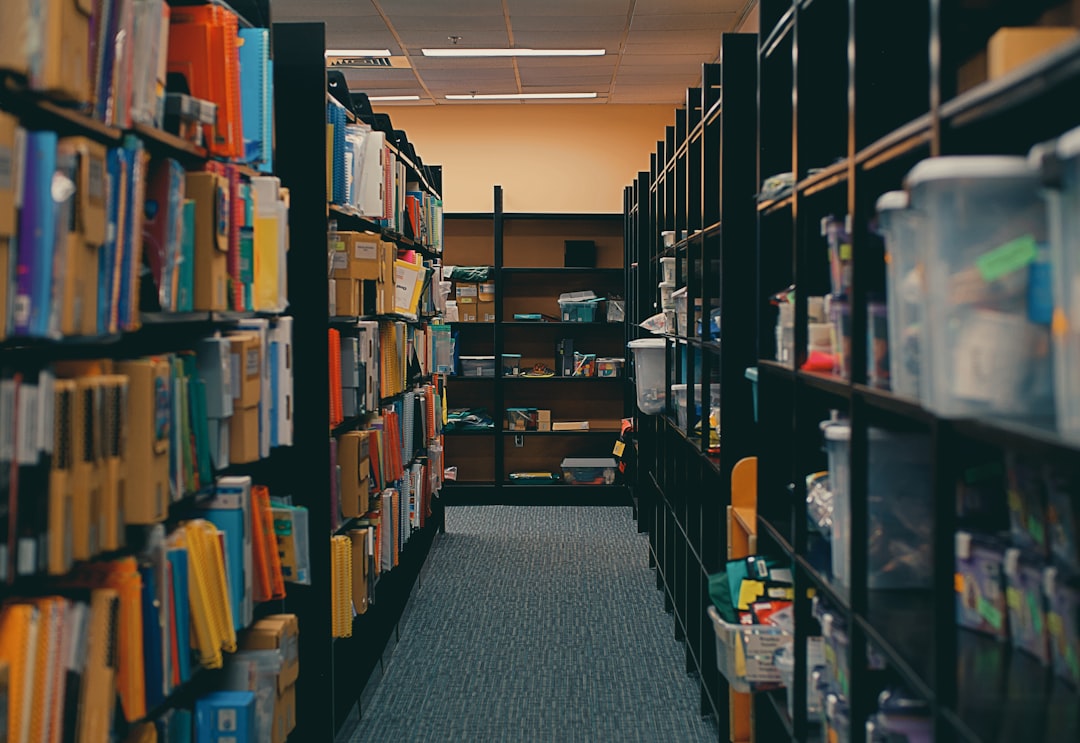
Many stores struggle to identify which touchpoints generate valuable customer interaction or represent lost sales and churn risk. Embedding QR codes in high-visibility, high-intent locations produces meaningful feedback and highlights bottlenecks such as out-of-stocks, long lines, or confusing displays. Every code becomes a micro-sensor for sentiment and intent.
Consider placements that naturally fit into your customers’ routines. Teachers plan ahead and respond well to pre-season flyers and educator events. Parents often prefer quick in-aisle decisions and value targeted coupons or reviews that help them choose. Students respond to creative displays and social tie-ins. Each audience requests different placements and messages to drive scanning.
With fully activated QR touchpoints, stores gain a comprehensive view of the customer journey and actionable areas for growth. Over time, you can compare scan-to-response rates across placements to continually refine both your offers and your code design.
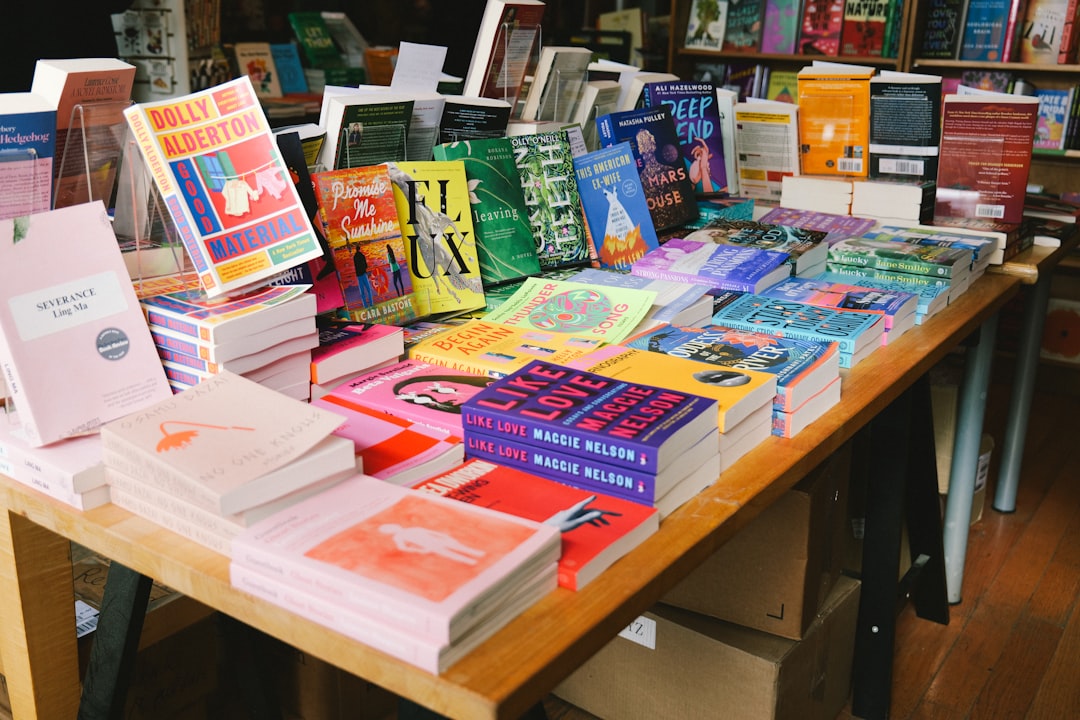
Feedback programs often fail when interested shoppers have no easy way to participate. QR codes turn each customer encounter into a data collection opportunity, increasing the sample size and the quality of insight. They also support parallel goals like loyalty enrollment and review generation, which drive repeat visits and lift average order value.
The most successful programs match the use case to the moment. Checkout prompts capture emotion while it is fresh. Shelf prompts capture context around decision-making and assortment. Post-purchase prompts capture product quality and ease of use once the item has been tried at home or in the classroom.
These scenarios transform routine moments into actionable data, offering better insight and supporting growth strategies. When paired with dynamic destinations, each use case can evolve through the season based on what the team learns.
Anonymous visits and incomplete data weaken retargeting results. QR scans convert every interaction into a trackable, segmentable audience that reflects actual behavior. By deploying multiple QR codes across touchpoints, you can define segments by context, content, and intent data, then deliver relevant follow-ups through email, SMS, or paid media.
For school supply stores, consider segments such as teachers versus parents versus students; first-time shoppers versus loyalty members; pre-season planners versus last-minute buyers. Each group responds to different products, content, and incentives. Learn how to leverage Sona intent data to prioritize audiences and tailor offers.
Modern solutions automate audience-building and prevent wasted budget on unqualified or cold traffic. Platforms like Sona QR make it simple to map QR scans to campaign audiences and trigger workflows that guide shoppers from interest to purchase.
Marketing spread across print, digital, and physical spaces can yield disjointed results if each channel is measured in isolation. QR codes unify effort and expose hidden engagement patterns across stores, flyers, partner schools, and e-commerce. They serve as connective tissue that makes offline activity measurable and actionable online.
A well-integrated program also ensures each channel does what it does best. Print drives foot traffic and awareness; QR codes convert that interest into feedback, review generation, or loyalty sign-ups. Digital retargeting picks up the thread and nudges shoppers toward repeat visits or seasonal bundles.
Dashboards consolidate this data for actionable insights and improved multi-channel efficiency. With a centralized platform like Sona QR, you can control code destinations, monitor scans, and pass audience data to your CRM and ad platforms without manual exports.
Successful QR programs depend on clear objectives and proper tracking. Treat each code as a tiny campaign with a specific job to do, a defined audience, and a measurable outcome. A simple planning process prevents scattered data, low participation, and missed attribution.
The following steps keep your teams aligned and your codes consistent across locations and seasons. Use them to build a repeatable playbook that works for everything from back-to-school launches to mid-year supply drives.
Clarify what you want a shopper to do immediately after scanning. Typical goals include completing a 30-second satisfaction survey, enrolling in a loyalty program, or submitting a product review. Align the code to a single action so the experience feels quick and purposeful.
Select static or dynamic based on your need for updates and tracking. Static codes point to a fixed destination and are fine for evergreen content. Dynamic codes allow edits, detailed analytics, and segmentation, which are valuable for seasonal adjustments.
Design influences scan rate. Proper contrast, size, and clear calls to action drive participation. Testing in real conditions prevents surprises on opening day when lighting and foot traffic vary by aisle and time of day.
Roll out codes to locations aligned with your growth plan and shopper behavior. Keep the message consistent but tailor incentives by placement. Your checkout prompt might offer loyalty points, while a shelf prompt might offer a small instant discount on a reviewed item.
Measurement turns scans into outcomes. Monitor participation rates and conversion, then adjust placement, offers, and design to improve results. Share insights with your floor staff and merchandising team so changes happen quickly.
Scan data alone is not enough if it cannot be linked to business results. The goal is to trace a line from a scan to a completed action, a basket size increase, or a return visit. When you close the loop from scan to sale, you can justify investment in creative, print, and staffing that supports your QR strategy.
Attribution starts with consistent tagging and data capture. It accelerates when your QR platform feeds your CRM and POS data, allowing you to see which codes produce loyalty sign-ups, which surveys predict churn, and which placements correlate with larger orders. This is where a connected toolset like Sona QR for scans and Sona for identity resolution and attribution adds significant value.
Advanced QR platforms let stores connect every data point directly to sales growth and loyalty. When you demonstrate that a 30-second survey increases repeat visits by a measurable percentage, QR becomes an essential part of your performance marketing toolkit.
Low incentive or generic QR placements often result in poor participation. The difference between an ignored code and a high-performing one is usually the offer, the clarity of the CTA, and the relevance of the destination. Small design and placement changes can produce large gains in scans and completions.
Treat QR optimization as an ongoing practice. As seasons change and assortments rotate, update incentives and destinations to match shopper priorities. Keep teaching your staff to prompt scanning and to explain the benefits quickly and confidently.
Modern QR solutions enable easy management, clear tracking, and integrations so stores can maximize campaign impact and spend more time acting on insights. With the basics in place, the compounding effect of more scans and better data becomes a competitive advantage.
Seeing QR implementation in practice motivates action and showcases repeatable wins. These stories illustrate how simple tweaks turn everyday assets into high-performing feedback and retention engines. Use them as a springboard for your own pilots and rollouts.
Aim for quick experiments with tight feedback loops. Start with one store, standardize your approach, then scale across locations once you confirm engagement and outcomes.
These examples prove that QR codes are not just a convenience. They are a route to reliable insights, higher retention, and more effective advertising that aligns with how families shop.
QR campaigns often fail due to design and placement errors or lack of staff support. Codes that are too small, too low contrast, or missing a clear CTA will not perform. Destinations that load slowly or ask for too much information also depress completion.
Avoid these mistakes by treating QR like any other conversion-focused asset. Test frequently, remove friction, and align your incentive with the effort you are asking from the shopper. Even small value exchanges, such as a 10 percent thank-you offer or 100 loyalty points, can dramatically increase scans.
Well-integrated QR programs that are carefully managed and easily updated help make feedback an effortless part of the school supply shopping experience. Over time, they produce a dependable stream of insights that strengthen assortment decisions and marketing spend.
QR codes are more than a shortcut; they are essential in connecting offline engagement with digital insights. For school supply stores, they transform every display, receipt, and promotion into a feedback channel and a driver of smarter, data-backed decisions that compound over time.
By meeting customers at critical moments across flyers, packaging, or in-store, QR codes reveal which audiences, offers, or customer experiences require attention, and they highlight areas of opportunity that were previously hidden. The more precisely you match codes to moments, the more valuable the data you collect.
Investing in a unified QR solution that combines code management, analytics, and integration allows school supply stores to future-proof their feedback strategy, consistently capture and leverage customer intent, and build reliable, revenue-driving loyalty. Platforms such as Sona QR and Sona.com can help you generate and manage codes, sync scan data to your CRM, and attribute scans to revenue, enabling you to move from insight to action in days instead of weeks. Start creating QR codes for free.
QR codes have transformed school supply stores from simple retail spaces into interactive hubs for real-time customer feedback and engagement. By seamlessly capturing insights from shoppers, these codes enable stores to enhance inventory decisions, personalize marketing efforts, and ultimately improve the shopping experience. Imagine instantly knowing which products resonate most with customers or which promotions encourage repeat visits—all without interrupting their buying journey.
With Sona QR, you can create dynamic, trackable QR codes tailored for your feedback campaigns, update them instantly without reprinting, and link every scan to actionable data that drives smarter store strategies and higher customer satisfaction. No guesswork, just clear insights that turn feedback into growth.
Start for free with Sona QR today and transform every scan into valuable feedback that shapes the future of your school supply store.
The article does not list specific store names but suggests using QR codes and online tools to locate and assess nearby school supply stores through personalized feedback and marketing.
Discounted school supplies can be found online by scanning QR codes on promotional materials, flyers, or packaging that often provide instant offers or coupons redeemable through store websites or e-commerce platforms.
Use QR codes placed on flyers or teacher list validation forms to update or upload classroom supply lists, ensuring accuracy and alignment with district or teacher requests.
Creative uses include placing QR codes on receipts, shelf tags, promotional cards, window posters, direct mail, and even first-day-of-school photo backdrops to capture feedback, reviews, loyalty sign-ups, and social engagement.
By using dynamic QR codes with analytics platforms, you can monitor scan rates, feedback volume, and customer engagement by location or channel, linking scan data to CRM and sales to measure campaign ROI and optimize marketing strategies.
Use Sona QR's trackable codes to improve customer acquisition and engagement today.
Create Your FREE Trackable QR Code in SecondsJoin results-focused teams combining Sona Platform automation with advanced Google Ads strategies to scale lead generation

Connect your existing CRM

Free Account Enrichment

No setup fees
No commitment required

Free consultation

Get a custom Google Ads roadmap for your business






Launch campaigns that generate qualified leads in 30 days or less.
